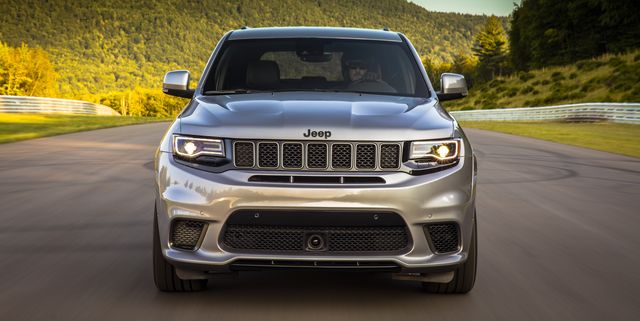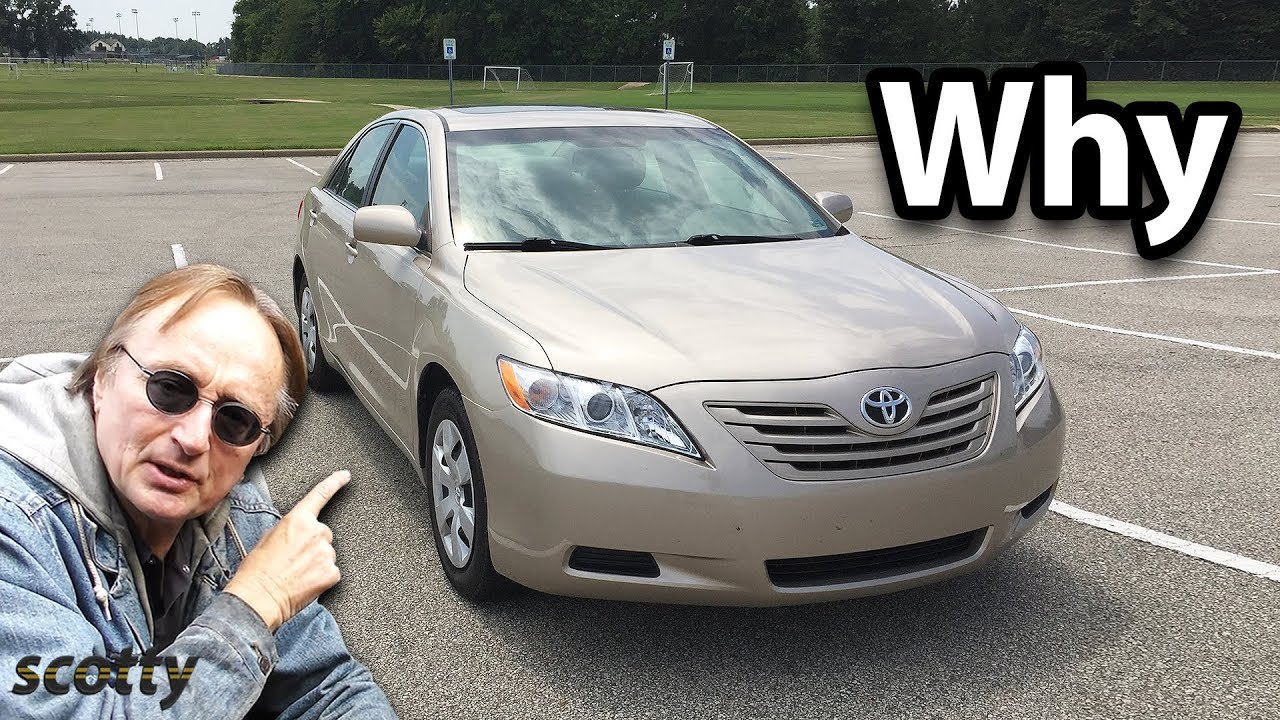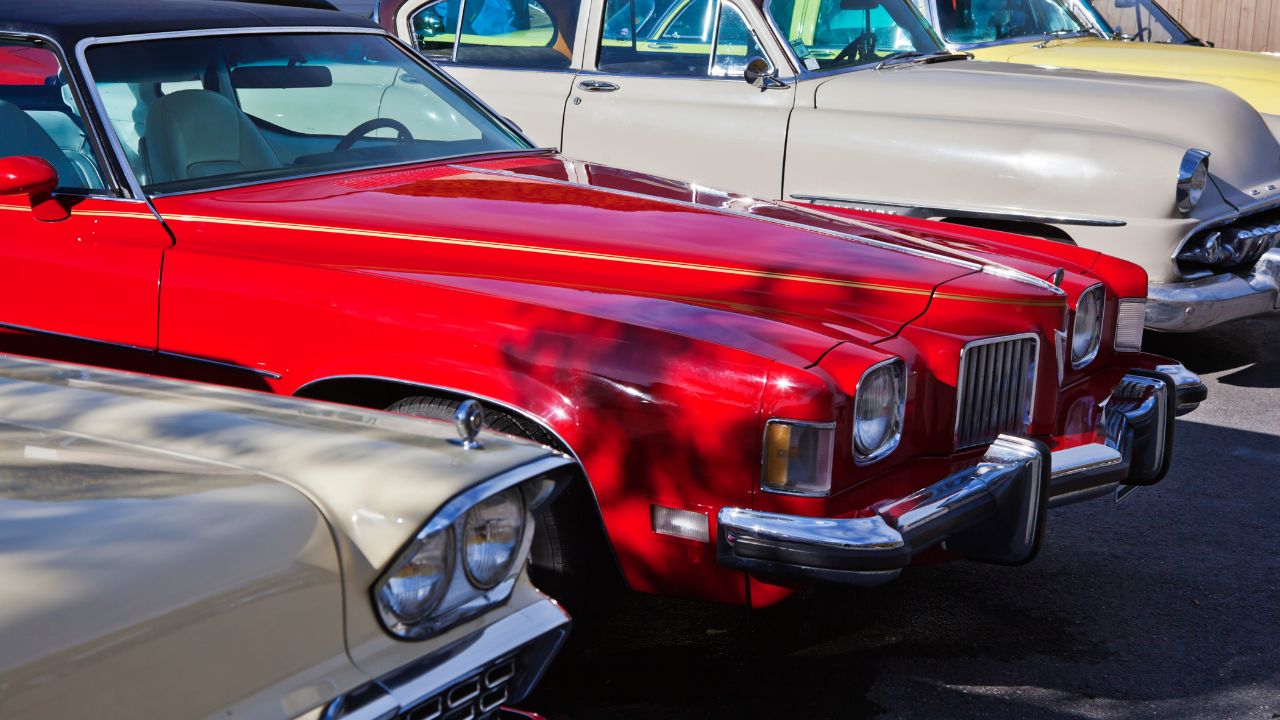
Some of the best cars of the 1960s were supercars with incredible performance. Among those that spring to mind are the Alfa Romeo Giulia and Ford Mustang, as well as the Oldsmobile Rocket 88 and Aston Martin DB5. What other cars from this era have dominated the auto market? Continue reading to find out more about these cars. Below, we'll be highlighting a few our favorites. We will show you our favorite 60s cars.
Alfa Romeo’s Giulia
The original Giulia was Alfa Romeo's first sports car. The company introduced the GTA, a lighter coupe version, in 1965. The 'GTA' acronym stands for Gran Turismo Alleggerita, or 'lightened' in Italian. The engineers of the company utilized several strategies to reduce its weight. These included replacing heavy steel body panels by lighter aluminum. In addition, plexiglass windows were installed on the Giulia Sprint GTA. The overall weight reduction was nearly 350 pounds.

Oldsmobile Rocket-88
The Oldsmobile Rocket 88 muscle car was a top-performing model that was introduced in 1949. For a sporty look, the large V8 was paired to a lightweight body. This car dominated early road racing competition, but the mighty Hudson Hornet soon took that title. Despite being the best muscle car of its era at the time, the Rocket 88 began to fade away over the years.
Ford Mustang
The Ford Mustang is an iconic car with a variety of body styles and different powertrains. The Mustang was designed to be a sporty, affordable two-door vehicle. It sold extremely well. This car was popularized as a muscle car. It inspired other automakers, who also made similar cars. This car was a great success and inspired others to do the same.
Aston Martin DB5
The Aston Martin DB5 is an iconic vehicle that starred as Bond in the 1964 film Goldfinger. This car is a descendant to the DB4 Vantage. It is an open-top, four-door coupe that had both a manual and automatic transmission. The engine was more powerful than the DB4 and boasted a power output of 282 horsepower. The DB5 could accelerate to sixty in 7.1 seconds. It was capable of a top speed exceeding 145mph.
Cadillac Coupe De Ville
Cadillac Coupe de Ville, a 1960s iconic car, was one of the most beloved cars of all time. It was Cadillac's most popular model. In 1965, it received a new tailfin design. Although the tailfins were now angled downwards and curved backwards they retained the same wheelbase, styling and overall design. The rear shelf package was unchanged, but the front-wheel drive version was also available with an optional powerliftgate.

Datsun 240Z
Datsun 240Z was a 3-door Japanese coupe that revolutionized the notion of fuel efficiency. It was introduced in the late 60s and quickly gained popularity as a hot hatch alternative for the larger chassis and more traditional body styles. In addition to being a great car, the 240Z was relatively inexpensive, too, making it an attractive purchase for the average consumer.
FAQ
What is the length of an automotive training course?
An automotive course is three years long.
The first year focuses on theory and learning about cars. Practical training is the second year. You will learn to drive, fix engines and perform other tasks around the car. The last year of your training is spent on practical training, where you learn how to fix real-world problems.
What are the requirements of an automotive technician?
You must have graduated high school or GED, with excellent English and math grades. You also need to be able to read and write well. After passing a written test, you will need to complete a series of practical tests before you are allowed to begin working.
How long does it take you to become a great mechanic?
Expert mechanics take years of practice and extensive experience. A professional mechanic will teach you how to fix cars.
You will spend time in a workshop learning everything you can about cars. You'll need to study mechanical engineering books on mechanics and car design.
Auto school is also required.
The most important thing to do is start early. You don't have to wait until you are older to start studying automotive technology. You can get certified as a mechanic by getting started right away!
Statistics
- According to the BLS, the median annual salary for automotive service technicians and mechanics in the United States was $44,050 in May 2020. (uti.edu)
- According to the BLS, total auto technician employment is expected to exceed 705,000 by 2030. (uti.edu)
- There were 749,900 jobs available for automotive service technicians and mechanics in 2016, which is expected to grow by six percent through 2026. (jobhero.com)
External Links
How To
How to diagnose your vehicle properly for repair
First, look at the symptoms of your car to determine if it needs repair. Then, follow these steps to diagnose your vehicle properly.
-
Check engine lights. You should inspect the dashboard lights, such as the engine light indicator and the oil pressure gauge. Also, check the battery light indicator. If they have been flashing for more days than usual, it could be a sign that something is wrong with the vehicle.
-
Inspect the tire treads. Tire wear can lead to problems in handling and brake performance. The treads of the wheels should be inspected as well. They should be clean and smooth. This can be done by removing the wheels from the vehicle and taking them off. Use a flashlight to see how well the treads are worn.
-
Monitor the level and consistency of your brake fluid. It is important to keep track of how much brake fluid you have in your car. This helps ensure that your brakes operate properly. Low brake fluid levels can cause brake failure when you apply pressure.
-
The suspension system should be tested. Most vehicles have a suspension system that absorbs shocks and vibrations. It improves control and allows for smoother accelerations or decelerations. Your vehicle might feel wobbly, or shake uncontrollably if it has a bad suspension. You can test if your vehicle has a suspension problem by putting weight on either the front or back axle to see how it moves.
-
Examine the steering column. The steering column is used to link the steering wheel with the rest of vehicle's components. Sometimes, steering columns are damaged by accidents. If yours feels loose or shaky, you should replace it.
-
Pay attention to the exhaust pipe. The exhaust pipe helps move gases from a combustion chamber into the atmosphere. If your exhaust pipe leaks or cracks, it will allow harmful fumes into your cabin. Also, if your tailpipe is bent, you should fix it immediately.
-
Take a look under your hood. Look underneath your hood to see if anything looks strange. Your engine could be leaking fluids. Also, professional technicians should be called if you detect an unusual smell coming out of your engine compartment.
-
The air filter should be checked. The air filter in your vehicle collects dirt and dust from the environment. Vehicles that have a dirty air filter will not run well. Replace your air filter regularly.
-
Make sure you check the fan belt. The fan belt is the link between the engine and the transmission. If the fan belt is damaged, the engine won’t turn. The process of replacing the belt is straightforward. All you need to replace the belt is a screwdriver with pliers.
-
You should inspect the radiator and hoses. The radiatorhose carries water from your radiator to the engine. If the hose becomes damaged or cracked, hot liquid can be emitted onto the engine. You only need a pair of needle-nose pliers and a small wire brush to repair the hose.
-
Be sure to inspect your windshield wipers. Windshield wipers use electricity to clean away snow and rain. If they stop working, they could leave streaks on your window glass. The solution is to change the washer fluid.
-
Verify the condition of your battery cables. The batteries provide power to the electrical systems within your car. Make sure you disconnect the negative cable before replacing batteries. Failure to do so can damage your alternator.
-
Pay attention to your headlights. The headlights will illuminate the road ahead. If they don't work properly, it can cause poor visibility. Inspect the bulbs for signs of burnt out.
-
Always check your lights. You can warn other drivers if you approach them at night. You may be distracted by the light and end up in an accident.
-
Check your brakes. Brakes will reduce the speed of your car in case of an accident. If they aren't working correctly, you could lose control of your car and crash.
-
Change the oil. Oil keeps your engine lubricated. It helps keep metal parts from getting too worn down. It is recommended that you change your oil at least once per month.